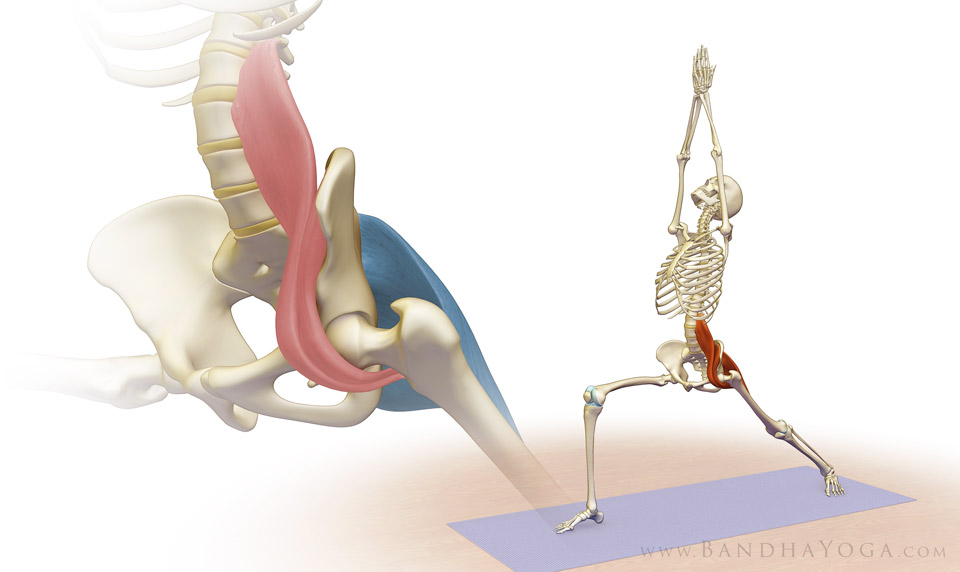The Iliopsoas is the inner hip muscle whose function is to flex the thigh at the hip joint. It is a large muscle composed of the union of two individual muscles; iliacus and psoas major. It takes its name from the combination of the names of these two muscles.
The psoas muscle is located in the lower lumbar region of the spine and extends through the pelvis to the femur. The psoas is the only muscle in the human body connecting the upper body to the lower body. The muscle attaches to the vertebrae of the lower spine, moves through the pelvis and connects to a tendon at the top of the femur. It also attaches to the diaphragm, so it’s connected to your breathing, and upon it sits major organs. This muscle works by flexing the hip joint and lifting the upper leg towards the body. A common example of the movement created from this muscle is walking. And there’s one activity, in particular, that’s the sworn enemy of your psoas muscle… SITTING! It may be the most harmless activity known to man, but can lead to a wide variety of issues. Even if you’re the most active of athletes, you may still suffer from a tight psoas due to the amount of time you spend each day planted to a chair. Weakness, shortening and tightness develops in the muscle from sitting for extended periods of time, contributing to poor sleep, posture and even stress and tension.
The iliacus muscle is shaped like a triangle, flat and an exact fit of the iliac fossa — the curved surface of the largest pelvic bone. Together with the psoas major muscle, it is also called the iliopsoas muscle. A portion of this muscle is attached to the iliac fossa, two-thirds from its top. Another portion is attached to the inside portion of the iliac crest, the top, outer portion of the pelvic bone. Other fibers of this muscle are attached to the iliolumbar and anterior sacroiliac ligaments (located at the base portion of the sacrum) and up to the anterior iliac spines (bony projections that lie toward the edges of the iliac). These muscle fibers then converge and insert on the tendon at the lateral (outer) side of the psoas major muscle, which stretches from the lumbar spine in the lower back to the lower pelvis. Some of these fibers extend to the femur bone, or thighbone.
Your hips are the bridge between your upper body and lower body. They are at the center (core) of your body’s movement. Sitting within the well of your hip and lower spine is the psoas major muscle, one of the two muscles that makes up the iliopsoas.
A properly functioning psoas muscle creates a neutral pelvic alignment, stabilizes the hips, supports the lower spine and abdomen, supports the organs in the pelvic and abdominal cavity and it is what gives you great mobility and core strength.
When it functions well, it has the power to ….
… Help the body metabolize (burn) fat.
… Help improve athletic performance.
… Help improve strength training and endurance.
… Help improve energy levels.
… Help you sleep more comfortably and soundly through the night.
STRETCHING and MASSAGE THERAPY are the best way to get these two muscles, the Psoas and Illiopsoas, loose and back to core functioning. Get started stretching today and schedule your massage therapy session. You’ll move so much better. TAKE CARE OF YOURSELF!#PSOAS #ILIOPSOAS #ILIACUS #Stretch #MassageTherapy #TakeCareOfYourself

